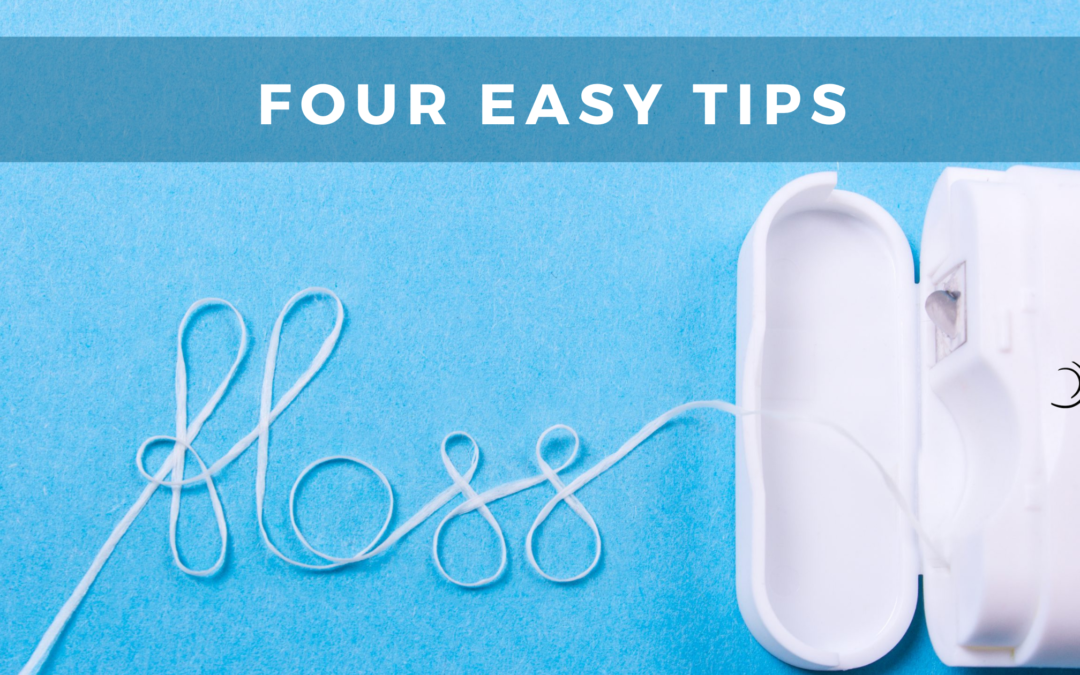Are you the type of person that knows flossing is good for your teeth, but you find it a complicated process? You are not alone. It may seem simple in concept, but effectively cleaning the areas between teeth requires good technique, practice, and building a good habit of doing it regularly. Your hygienist can tell whether you’re a regular flosser or not. You should not try to floss only the night before your appointment as it can create a lot of irritation and inflammation that can lead to discomfort during your dental visit.
Why is Flossing Important?
Flossing is an important part of the oral health care routine. It helps remove the plaque (soft mass of bacteria, food, and debris that builds up around your teeth) from areas where a toothbrush cannot reach. If you let the plaque sit around your teeth for long periods of time, it calcifies and turns into hard tartar, also known as calculus. Calculus is difficult to remove without the help of a dental hygienist.
Flossing daily (combined with brushing and a mouth rinse) can protect your mouth against gingivitis by removing plaque and food particles before it calcifies into hard tartar. Flossing is essential irrespective of your age to help build a healthy oral care routine.
Four Tips For Flossing
- 18 Inches Floss: Be sure to you have a decent amount of floss to work with. Take 18 inches of floss around the middle fingers of each hand. Pinch the floss between thumbs and index fingers, leaving a one- to two-inch length in between.
- Guide the Floss: After preparing the floss, begin by guiding the string in between. Use index fingers to guide floss between contacts of the lower teeth. To remove the plaque, lightly scrub both sides using an up and down motion.
- Glide & Slide: Gently guide floss between the teeth by using a zig-zag motion. Try not to snap the floss between your teeth. Slide the floss up, down on the tooth and under the gum line.
- Molar Care: It is very hard to take care of molars in the back. Most cavities are formed in those teeth. Don’t forget to floss the back part of your mouth.
This method applies to both waxed and unwaxed floss. You can start the floss from whichever part of the mouth you like. Make sure that your floss gets beneath the gum line.
If you’re unsure about your flossing technique, or if you have discomfort, call us or book an appointment online. We can ensure that you’re flossing correctly, using the right oral care products, and aren’t damaging your gums. Our team at Woodstock Dental Centre wants your teeth, gums, and smile to last you a lifetime!

